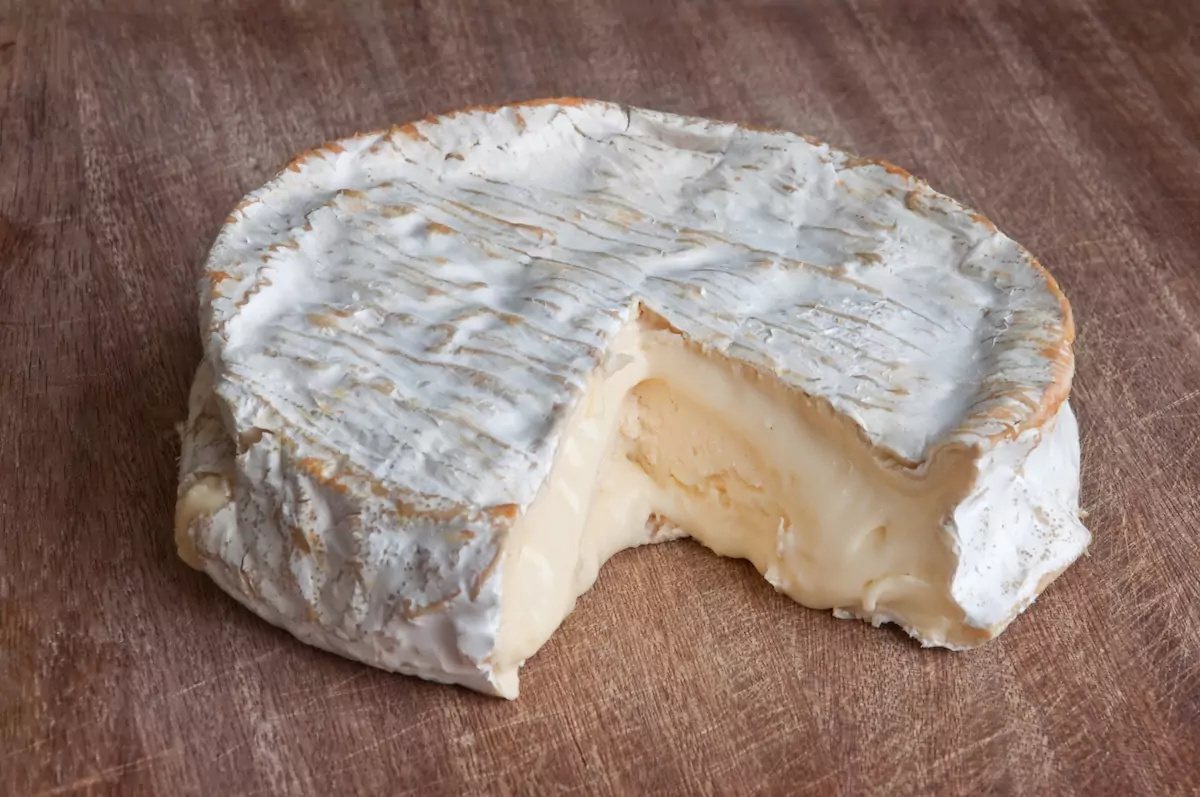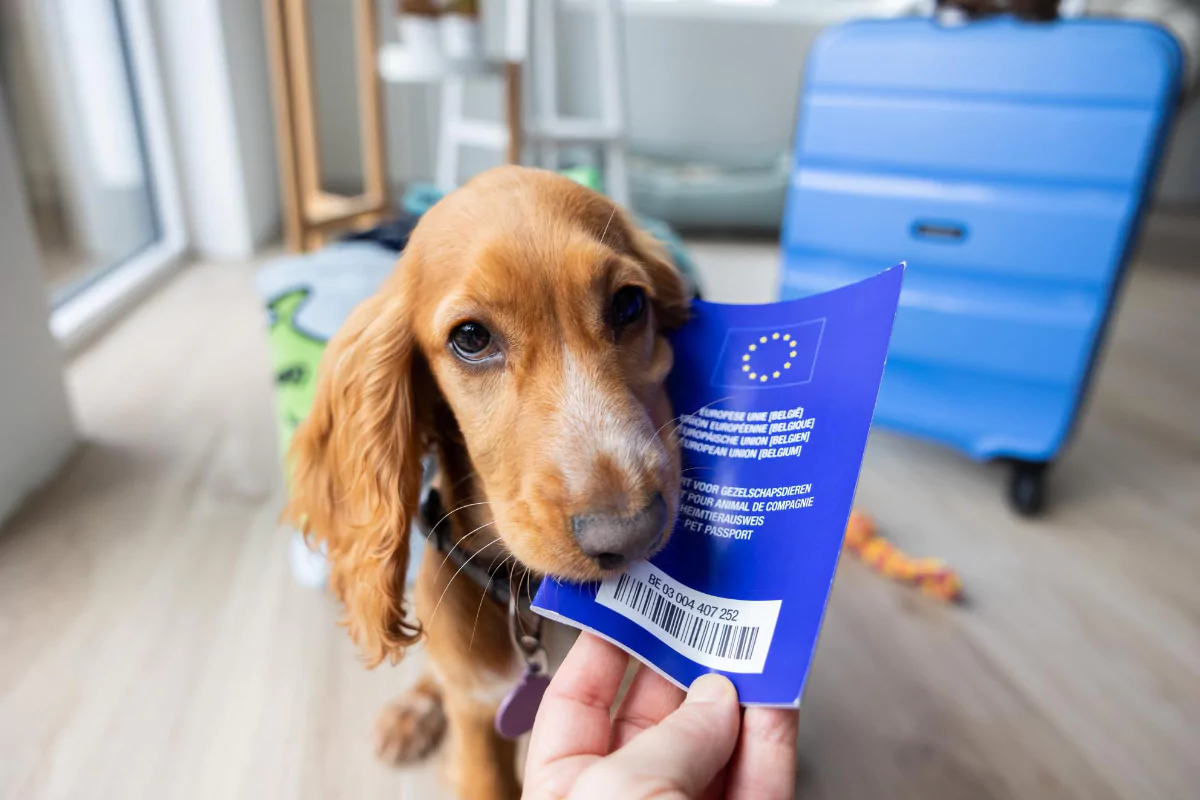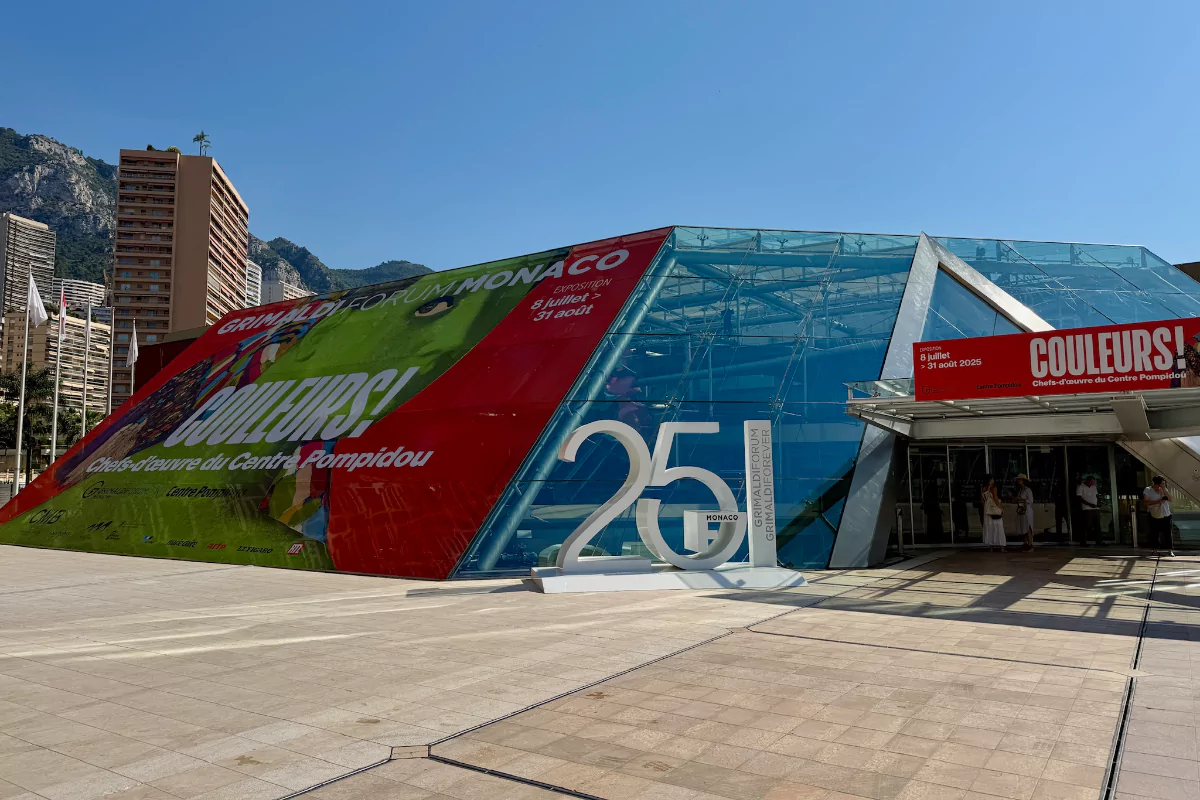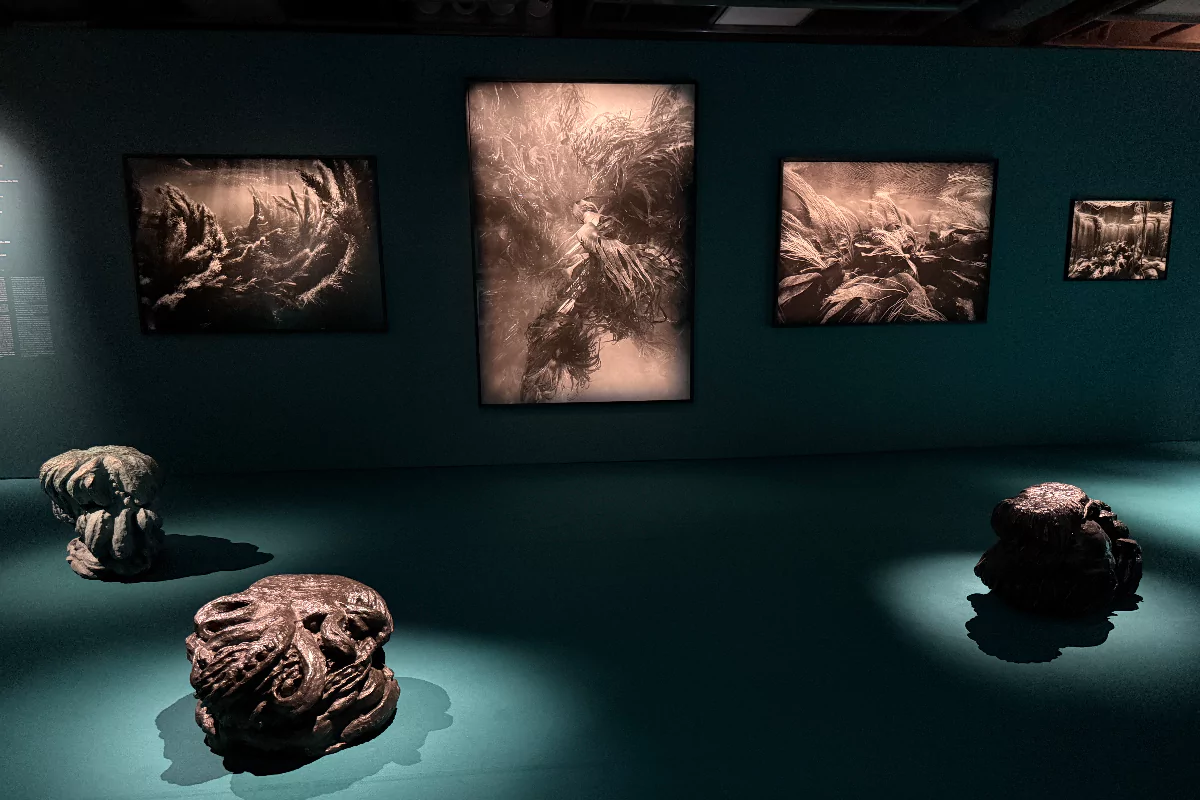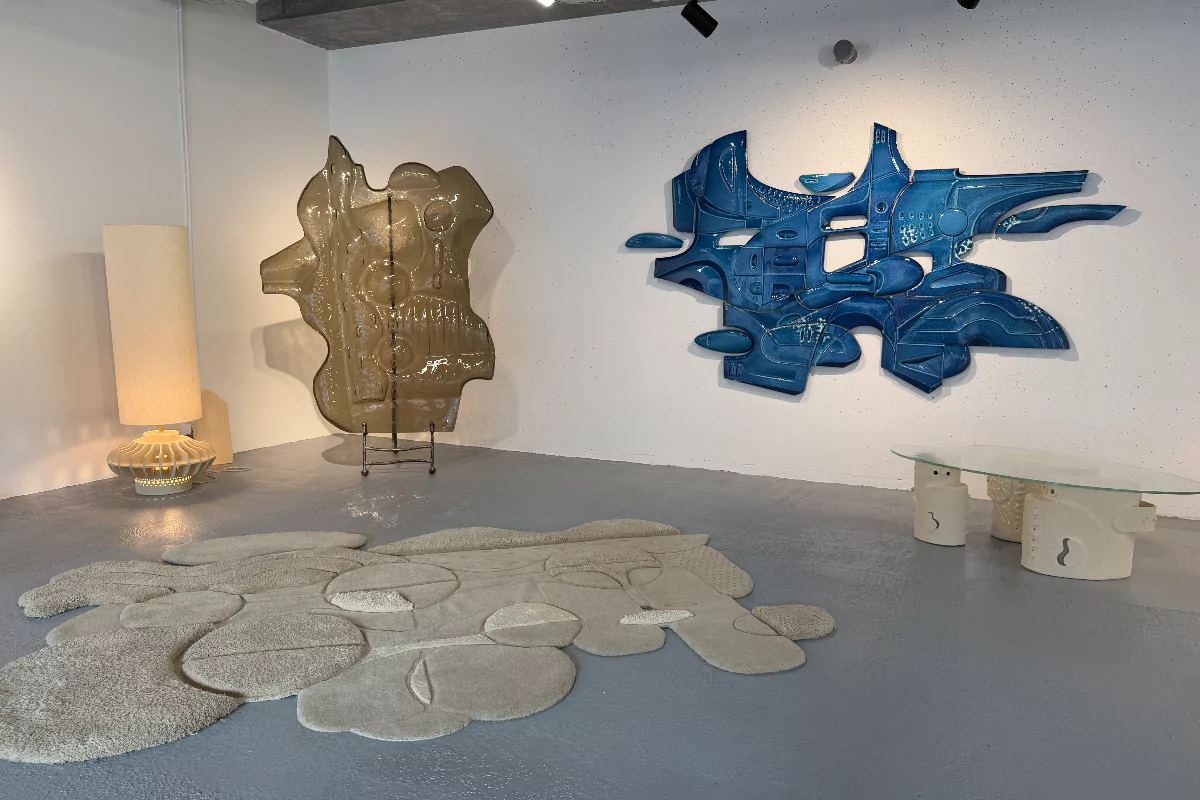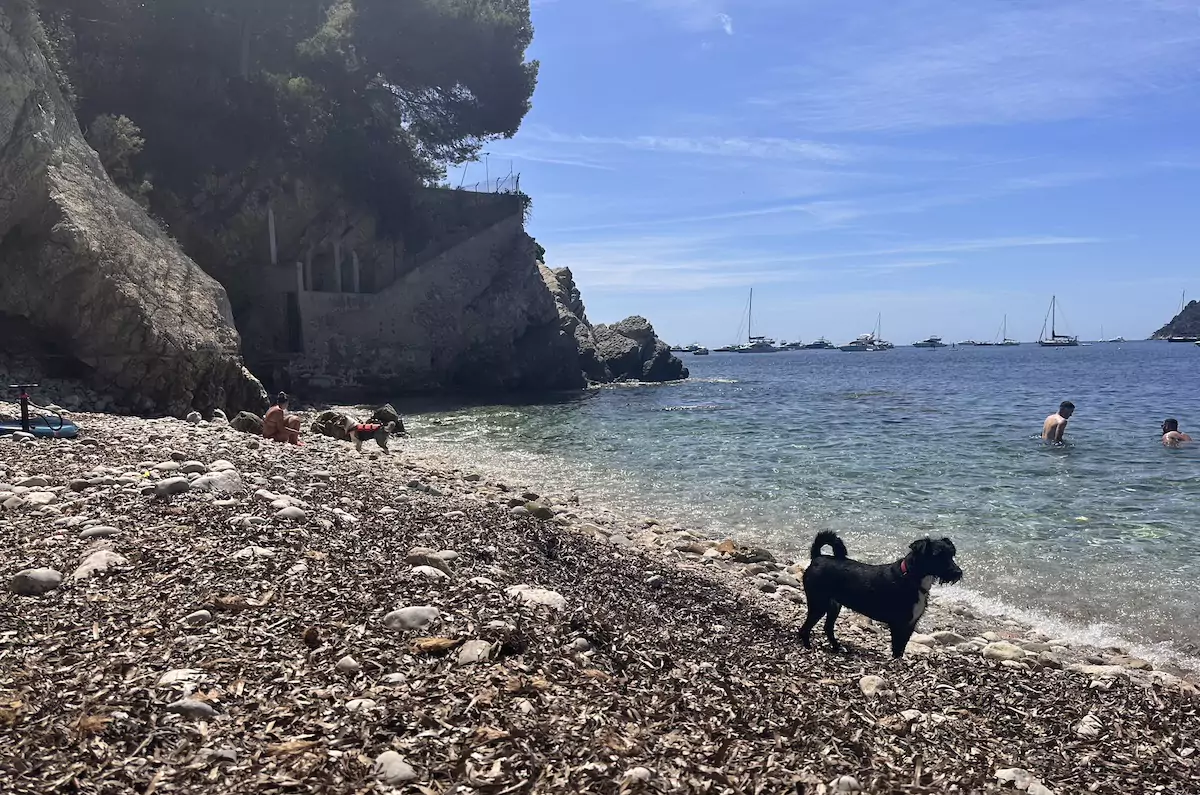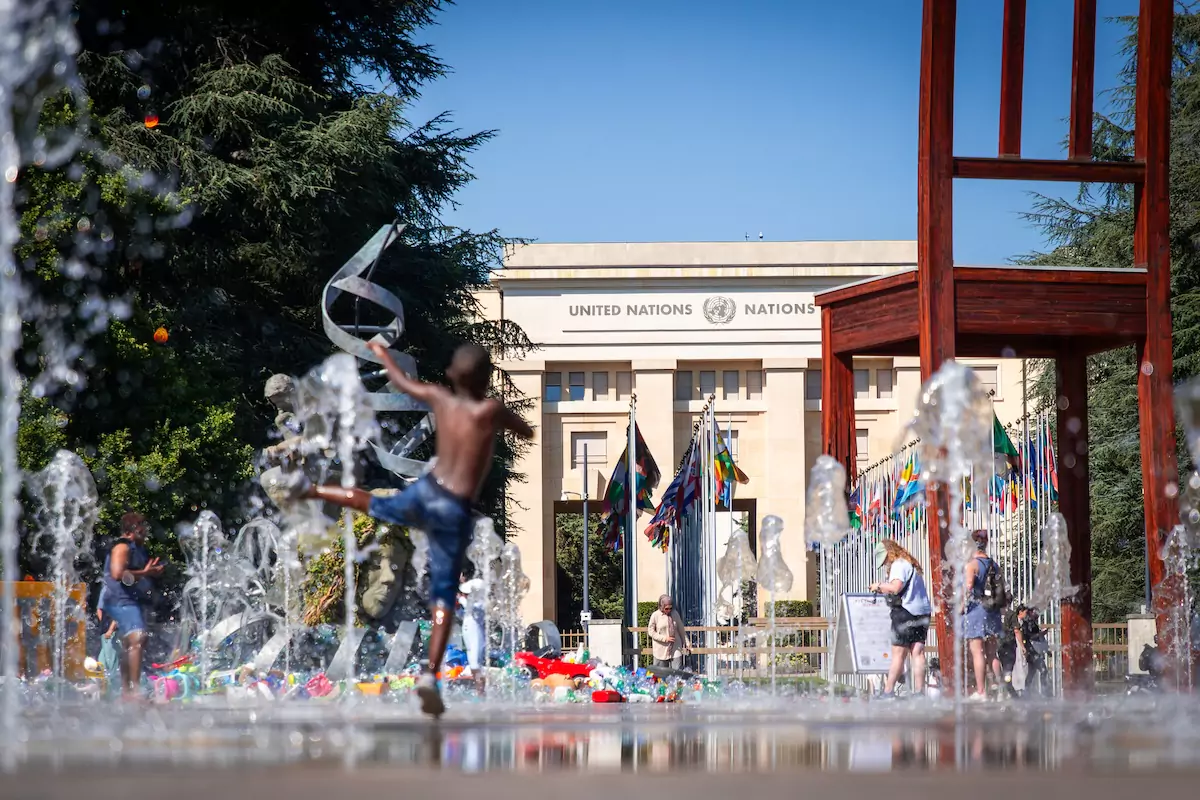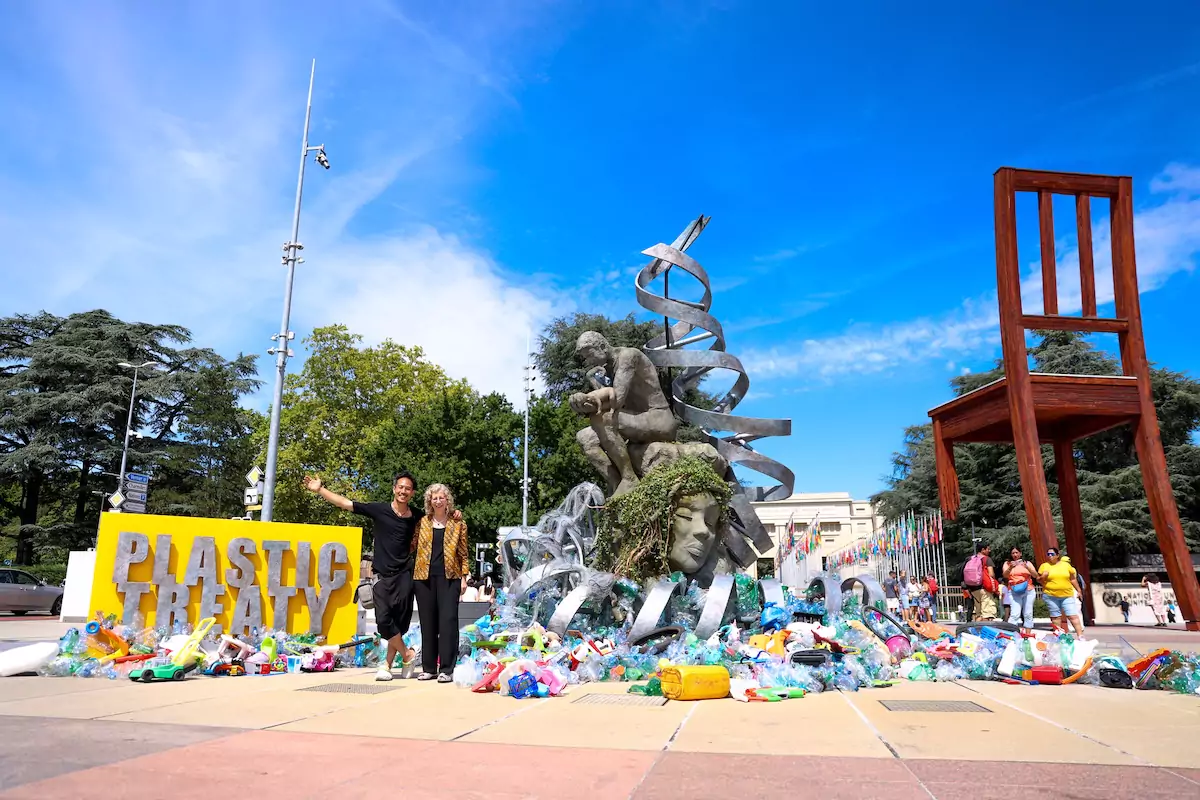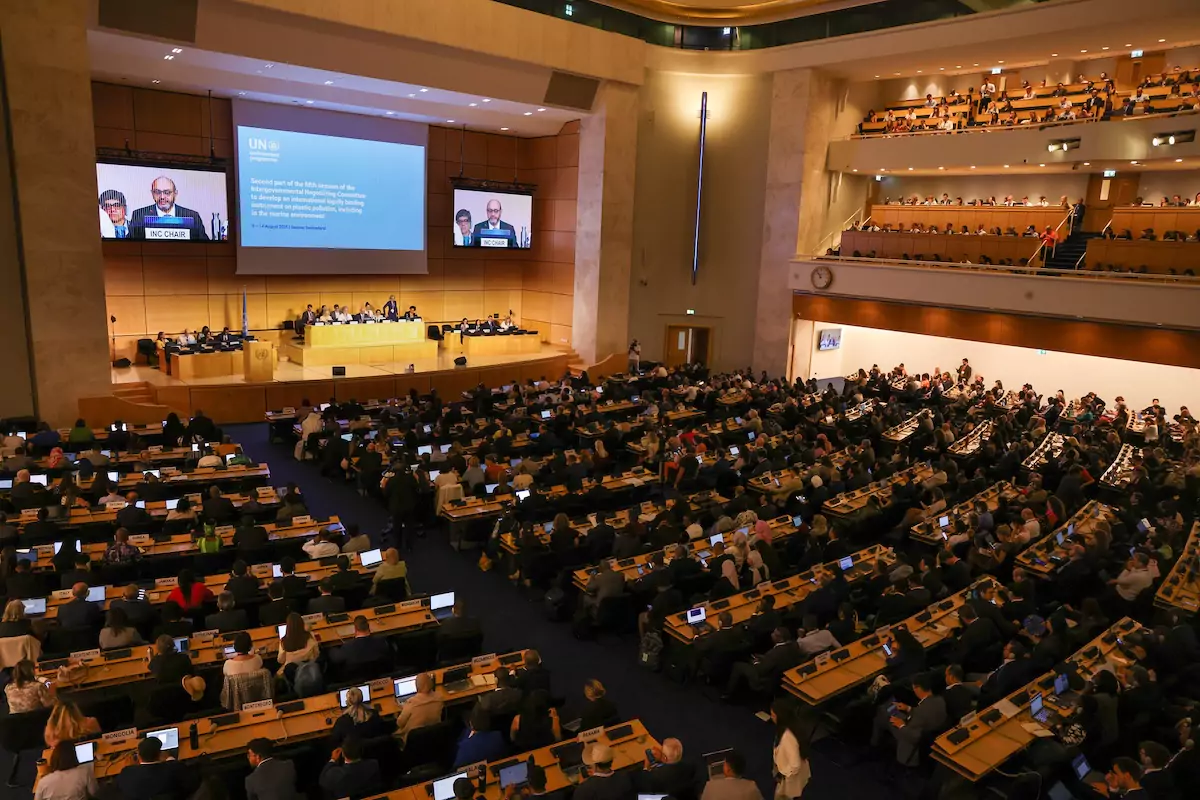French health authorities have issued an urgent nationwide recall of dozens of cheeses sold in supermarkets after fears of contamination with Listeria monocytogenes, the bacteria responsible for the potentially life-threatening illness listeriosis. The wave of recalls, announced 12th August by the official consumer safety portal Rappel Conso, spans multiple popular brands and styles, including camembert, coulommiers, brie, chèvre logs and blended cheese products.
The affected items – which could have also made their way into Monaco’s supermarkets – include products sold under names such as Vieux Porche, Mariotte, Saveur d’Antan, Le Chaignet, Le Berger, Carrefour Classic, La Belle du Bocage, Charles VII, and Maître Queue, among others. Many of these cheeses were available in major supermarket chains including Lidl, U stores, and Carrefour, with distribution across much of France. All are suspected to be contaminated with Listeria monocytogenes, prompting the swift removal of stock from shelves.
Consumers are urged not to eat the products and to return them to the point of sale for a refund. Anyone who has consumed the recalled cheeses and experiences symptoms such as fever, headache, or muscle aches — particularly pregnant women, the elderly, and immunocompromised individuals — should seek immediate medical advice. Listeriosis can have a long incubation period of up to eight weeks and, in severe cases, can lead to neurological complications, miscarriage, or death.
While France has seen sporadic cheese recalls in recent years, today’s action is among the most extensive, cutting across multiple producers and regions. Food safety officials are continuing to investigate the source of the contamination, but stress that the measures taken are precautionary and aimed at protecting public health.
Authorities have also reminded consumers of the importance of checking batch numbers and expiration dates on perishable goods, particularly soft cheeses, which are more prone to harbouring harmful bacteria even under refrigeration.
For the full list of recalled items, click here.
Stay updated with Monaco Life: sign up for our free newsletter, catch our podcast on Spotify, and follow us across Facebook, Instagram, LinkedIn, and Tik Tok.
Main photo source: Wikicommons
